Xylocaine 5% Ointment 50 gm




Selected Pack Size:50 gm
50 gm ₹54
(₹1.08 / 1 gm)
In Stock
20 gm ₹54
(₹2.7 / 1 gm)
In Stock
₹54*
MRP ₹60
10% off
₹51*
MRP ₹60
15% CB
₹9 cashback(15%)
Free Delivery
With Circle membership
(Inclusive of all Taxes)
This offer price is valid on orders above ₹800. Apply coupon PHARMA10/PHARMA18 (excluding restricted items)
Know Your Delivery Time
Provide Delivery Location
Available Offers

Secure Payment

India's Most Trusted Pharmacy

Genuine Products
Composition :
Manufacturer/Marketer :
Consume Type :
Return Policy :
Expires on or after :
About Xylocaine Ointment
Xylocaine Ointment belongs to the class of local anaesthetics used to reduce/relieve pain and discomfort associated with skin irritation, burns, scratches, insect bites, skin abrasions, or sunburn. It is also used to treat post-herpetic neuralgia (lasting pain after a shingles infection). Xylocaine Ointment may also be used to treat premature ejaculation. It is also indicated for the prevention and control of pain in urethritis (inflammation of the urethra). Xylocaine Ointment may also be used as an adjunct for endotracheal intubation.
Xylocaine Ointment contains 'lidocaine' that blocks the influx (entry) of sodium ions into the membrane that surrounds the nerves, thereby preventing initiation and conduction of impulses. Xylocaine Ointment produces local numbness by blocking the nerve signal in the affected area. Hence, Xylocaine Ointment produces an anaesthetic effect and helps decrease the sensation of pain.
Use Xylocaine Ointment as advised by the doctor. In some cases, Xylocaine Ointment may cause application site reactions such as burning sensation, itching, redness, and irritation. Most of these side effects do not require medical attention and will resolve gradually over time. However, you are advised to talk to your doctor if you experience these side effects persistently.
Consult your doctor before using Xylocaine Ointment if you are pregnant or breastfeeding. Xylocaine Ointment is not recommended for children as safety and effectiveness have not been established. Avoid contact of Xylocaine Ointment with eyes, nose, or mouth. If contact occurs, rinse with water immediately. Do not apply Xylocaine Ointment on the swollen skin areas or deep puncture wounds. Inform your doctor about your health condition and medications to rule out any side effects/interactions.
Uses of Xylocaine Ointment
Directions for Use
Medicinal Benefits
Xylocaine Ointment belongs to the class of local anaesthetics used to reduce/relieve pain and discomfort associated with skin irritation, burns, scratches, insect bites, skin abrasions, or sunburn. It is also used to treat post-herpetic neuralgia (pain due to shingles-a viral infection). Xylocaine Ointment is also indicated for the prevention and control of pain in urethritis (inflammation of the urethra). Xylocaine Ointment may also be used as an adjunct for endotracheal intubation (a medical procedure involving the placement of a tube into the windpipe through the nose or mouth). Xylocaine Ointment contains 'lidocaine' that blocks the influx (entry) of sodium ions into the membrane that surrounds the nerves, thereby preventing initiation and conduction of impulses. Xylocaine Ointment produces local numbness by blocking the nerve signal in the affected area. Hence, Xylocaine Ointment produces an anaesthetic effect and helps decrease the sensation of pain. Xylocaine Ointment may also be used to treat premature ejaculation. It works by reducing the sensitivity of skin tissue and sensation when applied to the penis. Thereby prevents premature ejaculation.
How Xylocaine Ointment Works
Storage
 58 people bought
58 people bought - Consult your doctor if you experience skin redness, itching, or irritation after taking medication.
- Your doctor may adjust your treatment plan by changing your medication or providing guidance on managing your erythema symptoms.
- Your doctor may recommend or prescribe certain medications to help alleviate symptoms.
- Apply cool compresses or calamine lotion to the affected skin area to reduce redness and itching.
- Stay hydrated by drinking plenty of water to help alleviate symptoms and keep your skin hydrated.
- Monitor your skin condition closely and promptly report any changes, worsening symptoms, or concerns to your healthcare provider.
- Report the itching to your doctor immediately; they may need to change your medication or dosage.
- Use a cool, damp cloth on the itchy area to help soothe and calm the skin, reducing itching and inflammation.
- Keep your skin hydrated and healthy with gentle, fragrance-free moisturizers.
- Try not to scratch, as this can worsen the itching and irritate your skin.
- If your doctor prescribes, you can take oral medications or apply topical creams or ointments to help relieve itching.
- Track your itching symptoms and follow your doctor's guidance to adjust your treatment plan if needed. If the itching persists, consult your doctor for further advice.
- Consult and seek guidance from a doctor or healthcare expert to determine the cause and best course of treatment.
- Avoid harsh products, extreme temperatures, and other potential irritants that may exacerbate the issue.
- Depending on the location and severity of the burning, your healthcare professional may recommend applying a soothing or protective agent, such as a cream, gel, or ointment.
- Keep the affected area clean to promote healing and prevent further irritation.
- Schedule follow-up appointments with your healthcare professional to monitor your symptoms and adjust your treatment plan as needed.
- If the burning or irritation persists or worsens, seek medical attention for further guidance and treatment.
What if I have taken an overdose of Xylocaine Ointment
Drug Warnings
Do not use Xylocaine Ointment if you are allergic to any of its components. Avoid using Xylocaine Ointment on larger skin areas or for a prolonged duration. Inform your doctor if you have methemoglobinemia (abnormal methemoglobin in the blood), heart, kidney or liver problems. Consult your doctor before using Xylocaine Ointment if you are pregnant or breastfeeding. Xylocaine Ointment is not recommended for children as safety and effectiveness have not been established.
Drug-Drug Interactions
Drug-Drug Interactions
Login/Sign Up
Drug-Food Interactions
Drug-Food Interactions
Login/Sign Up
Diet & Lifestyle Advise
- Maintain a healthy weight by performing regular low-strain exercises and eating healthy food.
- Get adequate sleep as resting the muscles can help in reducing inflammation and swelling.
- De-stress yourself by meditating, reading books, taking a warm bubble bath, or listening to soothing music.
- Eat food rich in antioxidants such as berries, spinach, kidney beans, dark chocolate, etc.
- Foods containing flavonoids help in reducing inflammation. These include soy, berries, broccoli, grapes, and green tea.
- Avoid smoking and alcohol consumption.
Habit Forming
Therapeutic Class
Product Substitutes
Alcohol
Caution
It is unknown if alcohol affects Xylocaine Ointment. Please consult your doctor if you have any concerns.
Pregnancy
Caution
Please consult your doctor if you have any concerns regarding this; your doctor will prescribe Xylocaine Ointment only if the benefits outweigh the risks.
Breast Feeding
Caution
Please consult your doctor if you have any concerns regarding this; your doctor will decide whether breastfeeding mothers can use Xylocaine Ointment or not.
Driving
Caution
It is not known if Xylocaine Ointment affects your ability to drive. Drive only if you are alert after using Xylocaine Ointment.
Liver
Caution
Xylocaine Ointment should be used with caution in patients with liver impairment/liver disease. Please consult your doctor if you have a liver impairment or any concerns regarding this.
Kidney
Caution
Please consult your doctor if you have kidney impairment or any concerns regarding this.
Children
Unsafe
Xylocaine Ointment is not recommended for children as efficacy and safety have not been established.

Have a query?
FAQs
Xylocaine Ointment belongs to the class of local anaesthetics used to reduce/relieve pain and discomfort. It also treats post-herpetic neuralgia (lasting pain after a shingles infection). Xylocaine Ointment may also be used to treat premature ejaculation. It is also indicated for preventing and controlling pain in urethritis (inflammation of the urethra). Xylocaine Ointment may also be used as an adjunct for endotracheal intubation.
Xylocaine Ointment blocks the influx of sodium ions into the membrane that surrounds the nerves, thereby preventing initiation and conduction of impulses (nerve signal). Hence, it provides an anaesthetic effect and decreases the sensation of pain.
Avoid concomitant use of Xylocaine Ointment with other topical products such as cosmetics, sunscreens, lotions, moisturizers, insect repellent creams, and other gels.
Do not apply external heat or cover the treated skin with dressings after applying Xylocaine Ointment. Covering the skin or applying heat might increase the amount of drug absorbed into the skin leading to unpleasant side effects.
Do not apply Xylocaine Ointment on open wounds, injured skin, or unhealed shingles blisters. Apply Xylocaine Ointment on intact skin only.
Avoid using Xylocaine Ointment for longer durations unless prescribed by the doctor. If your condition does not improve even after using Xylocaine Ointment for 7 days, consult your doctor.
Country of origin
Manufacturer/Marketer address
Disclaimer
Author Details
We provide you with authentic, trustworthy and relevant information
Reference
- https://www.drugs.com/mtm/lidocaine-topical.html
- https://www.accessdata.fda.gov/drugsatfda_docs/label/2015/020612s012lbl.pdf
- https://www.accessdata.fda.gov/drugsatfda_docs/anda/2011/040837Orig1s000.pdf
- https://www.webmd.com/drugs/2/drug-171248/burn-spray-lidocaine-topical/details
- https://medlineplus.gov/druginfo/meds/a603026.html
- https://www.nps.org.au/medicine-finder/versatis-transdermal-patches
- https://www.drugs.com/cdi/lidocaine-patch.html














